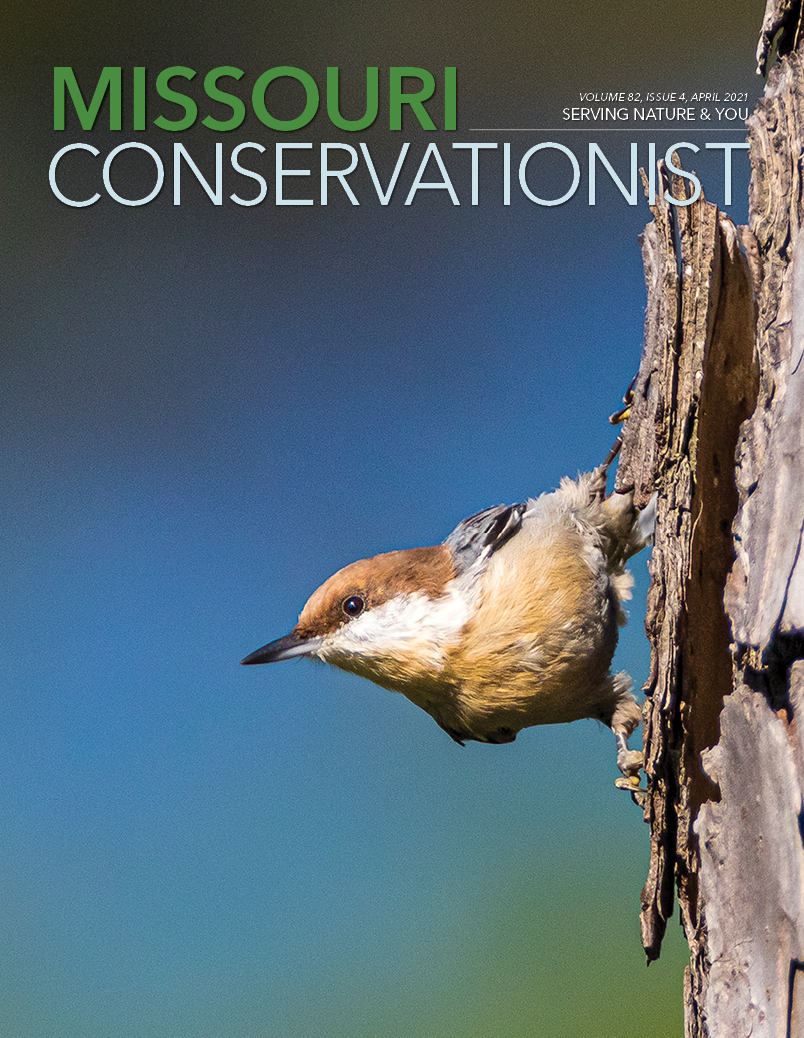Invasive nonnative species destroy habitat and compete with native plants and animals. Please do what you can to control invasive species when you landscape, farm, hunt, fish, camp, or explore nature.
Bush Honeysuckle
Native to eastern Asia, bush honeysuckle can grow from 6 to 20 feet tall. Leaves are green with a pale green, fuzzy underside. Twigs of all bush honeysuckles are thornless and hollow. In the spring, fragrant white or pink flowers appear, but become yellowish as the flower ages. The shrub’s red berries, widely distributed by birds and small mammals, mature in pairs in September to October.
Why It’s Bad
“Bush honeysuckles are fierce competitors,” said Nate Muenks, natural resource management planner. “Their leaves appear early in the spring and remain late into fall, giving them an advantage over native plants. They can grow in almost every habitat type and form a thick understory that limits sunlight to native plants, inhibiting seedling establishment. They also compete for soil moisture, nutrients, and may produce a chemical that inhibits native plant growth. Bush honeysuckles compete with native plants for pollinators, potentially resulting in fewer seeds set on native species. Unlike native shrubs, the fruits of nonnative bush honeysuckles are carbohydrate-rich (sugar) and do not provide migrating birds with the high-fat content needed for long flights.”
How to Control It
When the plant is small and the soil is moist, hand pulling is an option if the entire plant, including roots, can be removed. For larger plants, foliar spray, the cut-stump method, and basal bark treatments can be applied.
For more information, visit short.mdc.mo.gov/ZaE.
Alternative Native Plants
- Spicebush
- Arrowwood
- Ninebark
- Buttonbush
Callery Pear
Also a fierce competitor, Callery pear (Pyrus calleryana) is an ornamental tree native to China. It is commonly called Bradford pear, but also is sold as Aristocrat, Cleveland Select, Autumn Blaze, Whitehouse and other names. It can quickly grow 30 to 50 feet tall and maintain an oval shape that unfortunately makes it attractive to some for use in manicured landscapes and parking lots.
Why It’s Bad
Birds and other animals eat the fruits produced by Callery pears and distribute the seeds widely. Invasive pear trees can spread quickly, forming dense thickets that leaf out early, outcompeting native flowers and trees. Once escaped from cultivation, invasive pear trees can also develop long thorns making thickets impenetrable.
How to Control It
Seedlings can be removed by hand, but the entire root must be taken. Medium to larger trees are best controlled with basal bark and cut-stump treatments.
For more information, visit short.mdc.mo.gov/Zsq.
Alternative Native Plants
- American plum
- Flowering dogwood
- Eastern redbud
- Hawthorn
- Serviceberry
And More...
This Issue's Staff
Editor - Angie Daly Morfeld
Associate Editor - Larry Archer
Staff Writer - Bonnie Chasteen
Staff Writer - Kristie Hilgedick
Staff Writer - Joe Jerek
Art Director - Cliff White
Designer - Shawn Carey
Designer - Marci Porter
Photographer - Noppadol Paothong
Photographer - David Stonner
Circulation - Laura Scheuler






















